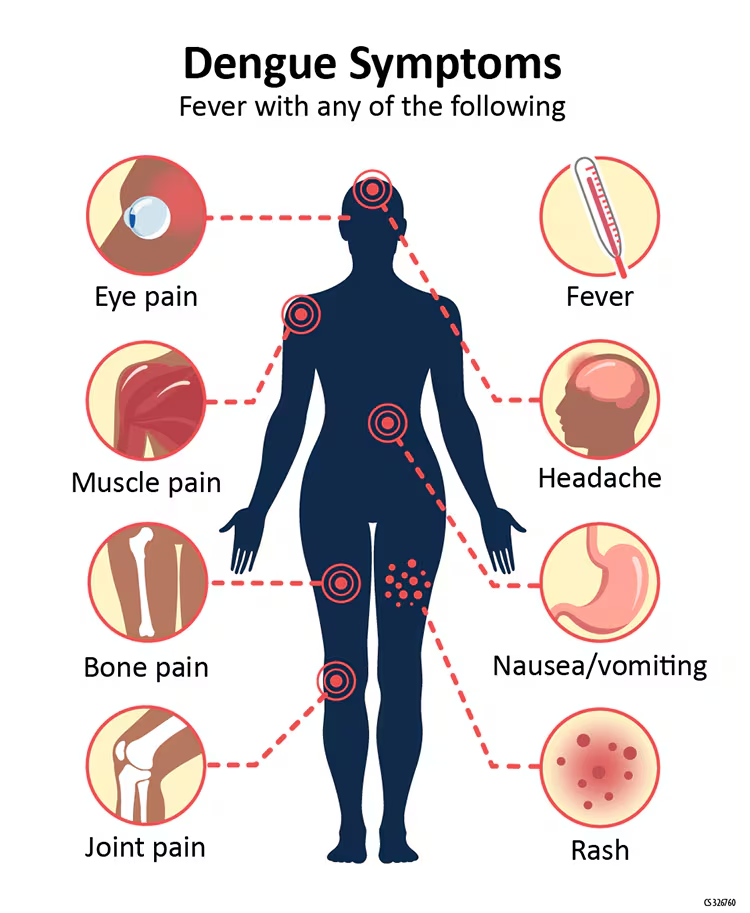Dengue fever, a mosquito-borne viral disease, has emerged as a major health concern globally. It is prevalent in tropical and subtropical climates worldwide, primarily in urban and semi-urban areas. This article explores the intricacies of denguevirus, including its transmission, symptoms, and prevention strategies.
What is Dengue?
Dengue is caused by the denguevirus, which is transmitted through the bites of infected Aedes mosquitoes. Once infected, individuals can exhibit symptoms ranging from mild to severe, influencing the health systems and economies of many countries.
Causes of Dengue
The primary vector for the transmission of the denguevirus is the Aedes mosquito, which breeds in stagnant water and bites during the daytime. The virus has four different types, increasing the complexity of immunity and vaccination efforts.
How Dengue Spreads
Transmission occurs when a mosquito bites a person infected with the denguevirus and then bites another person. Understanding this cycle is crucial for developing effective preventive measures.
Symptoms of Dengue
Symptoms of denguevirus can vary from mild fever to incapacitating high fever, with severe headaches, pain behind the eyes, muscle and joint pains, and rash.
Early Symptoms
The early symptoms of denguevirus resemble those of the flu and can be mistaken for other illnesses. They include fever, aching muscles, and joints, and a characteristic skin rash.
Severe Symptoms
In severe cases, symptoms escalate to denguevirus hemorrhagic fever, which can lead to bleeding, blood plasma leakage, and even death.
Diagnosis and Treatment
Diagnosing dengue requires blood tests to detect the virus or antibodies. While there is no specific treatment for denguevirus, early detection and access to proper medical care lower fatality rates significantly.
Diagnostic Techniques
Diagnostic tests include the NS1 antigen test, PCR tests for viral RNA, and serological tests to detect antibodies.
Treatment Options
Treatment primarily involves supportive care, such as staying hydrated and taking pain relievers suited to managing symptoms. Severe cases may require hospitalization.
Prevention of Dengue
The best way to prevent dengue is to avoid mosquito bites and reduce mosquito habitats. This involves covering water storage containers, using mosquito repellent, and wearing protective clothing.
Preventive Actions at Home
Individual efforts include regularly changing water in flower pots and cleaning any standing water containers.
Community Prevention
Community efforts focus on public health campaigns to control or eradicate mosquito populations, including fogging and larviciding.
The Global Impact of Dengue
Denguevirus affects up to 400 million people yearly, leading to significant economic and public health burdens, especially in developing countries.
Economic Effects
The economic impact includes direct medical costs and indirect costs such as loss of productivity and long-term disability.
Impact on Public Health Systems
Denguevirus outbreaks strain public health systems, especially in countries where resources are limited.
Ongoing Research and Advances
Researchers are constantly seeking new ways to combat dengue, including vaccines and improved diagnostic tests.
Conclusion
While dengue remains a serious global health challenge, ongoing research and community engagement hold promise for reducing its impact. Awareness and education on prevention can significantly reduce the incidence of dengue.

